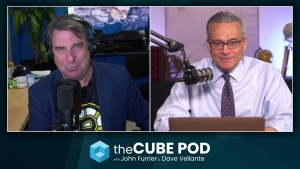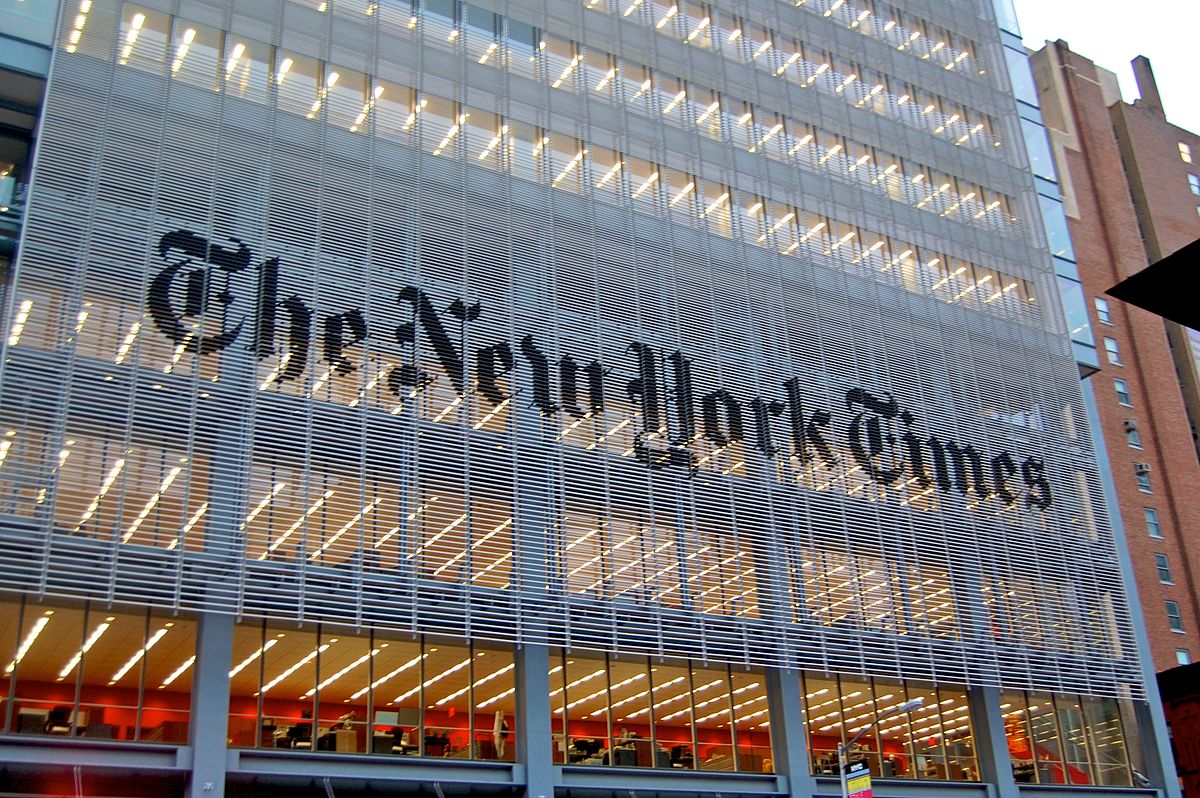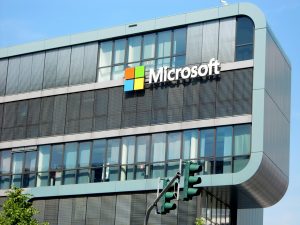Microsoft’s new CEO Satya Nadella shares vision for Cloud
![]() Microsoft today announced Satya Nadella as the new CEO of Microsoft. We had reported on Friday last week that Sundar Pichai from Google was another top consideration thanks to his firsthand knowledge of the increasingly influential consumer web, but it was Nadella that won out in the end.. Nadella is known for his experience in the enterprise, helping to rework much of Microsoft’s infrastructure for long-reaching products including Bing and Xbox. But is Nadella too safe of a choice for Microsoft? Would an outsider like Pichai have been better suited to lead Microsoft into the new consumer web?
Microsoft today announced Satya Nadella as the new CEO of Microsoft. We had reported on Friday last week that Sundar Pichai from Google was another top consideration thanks to his firsthand knowledge of the increasingly influential consumer web, but it was Nadella that won out in the end.. Nadella is known for his experience in the enterprise, helping to rework much of Microsoft’s infrastructure for long-reaching products including Bing and Xbox. But is Nadella too safe of a choice for Microsoft? Would an outsider like Pichai have been better suited to lead Microsoft into the new consumer web?
Microsoft, like its peers and rivals in the industry, is betting big on the modern data center, but with Nadella at the helm, is the Redmond company landing on the wrong side of the cloud? Is this too much of an analog play and not enough of a shake-up play?
In conjunction with the announcement, Microsoft founder Bill Gates will step down from his position as Chairman of the Board and be replaced by our own SiliconANGLE theCUBE alum John Thompson. Gates is allocating a third of his time to mentor Nadella. The duo has much to discuss, reshaping Microsoft for the data center of the future. Cloud services remains at the center of an industry-wide revolution, and Nadella’s already shared his thoughts on the subject.
Nadella’s vision for Microsoft
.
Just this past summer we had Nadella on theCUBE at the Accel Partners Symposium, live from Stanford University. Nadella discussed with theCUBE host Jeff Kelly the notion of the modern enterprise: a re-imagination of what infrastructure means and what applications mean inside of the enterprise. According to the new chief, there is a tectonic shift happening in the enterprise, and Microsoft is a part of that shift. From a business perspective, a key to infrastructure is being in touch with the applications. Nadella goes on to give examples of how Microsoft if doing just that:
- Bing – applied machine learning application
- Office 365 – enterprise focused collaboration communication application
- Dynamics – enterprise CRM/ERP in the cloud application
The diversity of applications forces one to rethink what infrastructure is needed for the modern datacenter, comprising storage, compute and as well as the network.
“We’re building a new operating system for the modern enterprise to be able to deploy these modern applications. That is how I conceptualize it,” Nadella stated.
Nadella and Microsoft believes there are four major elements to that new operating system:
- Inside of the data center you have much more of a software-driven data center. Software control play: what operating system is necessary to manage the data center?
- Consumerization of IT – transforming IT to be much more people-centric. You want end users to adopt the devices they want, and still have access to all applications and data. And yet, IT needs to be able to set compliance and policy.
- Big Data – there is not going to be a single application that is not a Big Data application.
- DevOps – not only have you built the application, but it’s the life cycle around the application that is being reimagined. How developers and operations professionals come together in support of an ongoing improvement and continuous integration.
Microsoft’s modern data center
.
The four mega trends constitute the future of a modern enterprise infrastructure. But that can make for an awfully complex public, private and/or service provider cloud. So how does Microsoft and Nedella approach that problem of complexity?
Nadella says to start with the design point – public, private and service provider cloud. He believes it’s the true fruition of distributed computing.
- The most important thing to distribution is identity. Active directory was a great tool for many. Microsoft has re-imagined it with Azure Active Directory.
- Virtualization – degree of guarantee that the performance characteristics of a virtualized workload get maintained.
- Management – management tier that is the control plane that allows you to manage the complexity.
- Consistency of the platform itself – if you build it in the public cloud (in the case of Azure) you should be able to take in on a private cloud or a service provider cloud.
“So these four things, identity, management, virtualization and application platform I think is the co-investment you’ve got to make to help enterprises truly adopt the cloud while its complex but you have to tame the complexity,” Nadella explained.
.
Prep for the consumer web
.
So what does that mean for Microsoft? Is Nadella the man to lead them into the consumer web and the Internet of Things? It feels like a bit of a safe bet for Microsoft. How can that be for a Fortune 50 company who just reported a killer? As our Editor-in-Chief John Furrier reported last Friday in his Breaking Analysis segment, it’s about getting the data right.
Buried in the news of Nadella being named CEO is the news we mentioned above that John Thompson will be the new Chairman of the Board. Interesting tidbit, when on theCUBE in 2011 Furrier asked Thompson about the “middle fat part” developing within the market as it relates to real-time data. Given this consumer-driven market powered by the Internet of Things, Thompson hints at his own vision for Microsoft, one that rings true nearly three years later as he works closely with Nadella on Microsoft’s board:
“Our focus is on the global 2000. They have one thing in common, performance and uptime sensitive. We think this market is about a $1.7-$1.8 billion market. We have literally barely scrapped the surface on that. This is a phenomenon that we think will only catch more wind in its sails,” said Thompson.
There are two distinct factions inside of Microsoft: One, to keep the ship enterprise focused and continue to report great earnings like their last quarter. Two, Microsoft needs to reboot its developer community, bring in the mojo and the operating system focus, bring in someone who can come into the modern era of the consumerization of modern infrastructure – that is enterprise and consumer. Nadella is definitely the former while Pichai would have been the latter. Furrier elaborated:
“Sundar doesn’t have the operating experience to run say a fortune 50 company like Microsoft, however he does have product chops. So he appeals to a significant stakeholder and group of people in Microsoft that say Android, Chrome, Chrome OS, Android OS, apps, mobile, cloud, social, that’s a perfect storm. So he actually has the technical knowledge and chops.”
The world is changing rapidly, and its clear that Microsoft took the tried and true path to picking its next CEO. This could very well be the right move for Microsoft, considering the strength of its new leadership, combined knowledge and existing pipeline for the consumer web. The next three-to-five years will reveal difinitively how well Nadella’s vision plays out, and we’ll be watching.
A message from John Furrier, co-founder of SiliconANGLE:
Your vote of support is important to us and it helps us keep the content FREE.
One click below supports our mission to provide free, deep, and relevant content.
Join our community on YouTube
Join the community that includes more than 15,000 #CubeAlumni experts, including Amazon.com CEO Andy Jassy, Dell Technologies founder and CEO Michael Dell, Intel CEO Pat Gelsinger, and many more luminaries and experts.
THANK YOU









